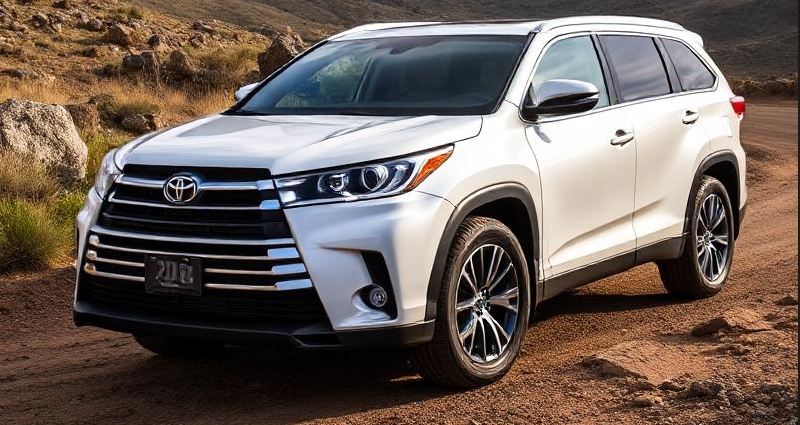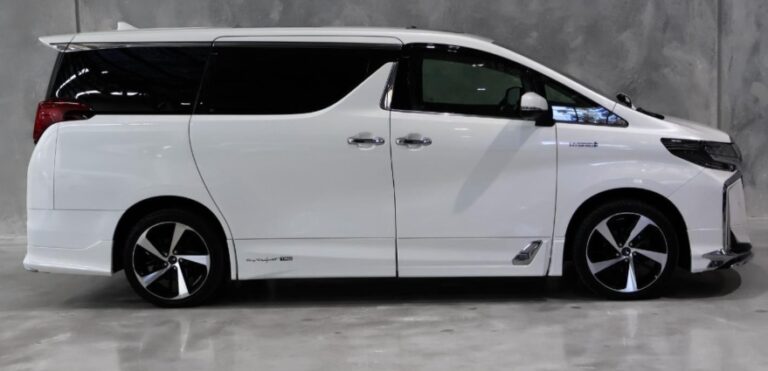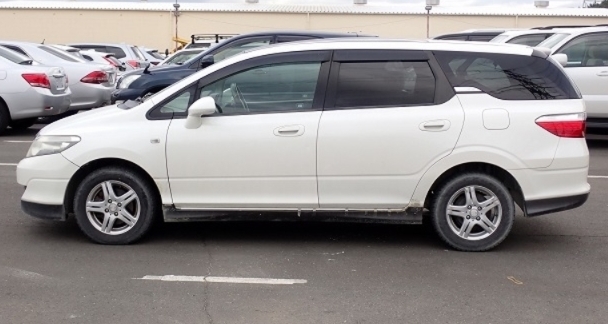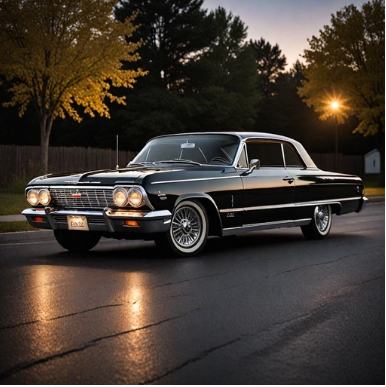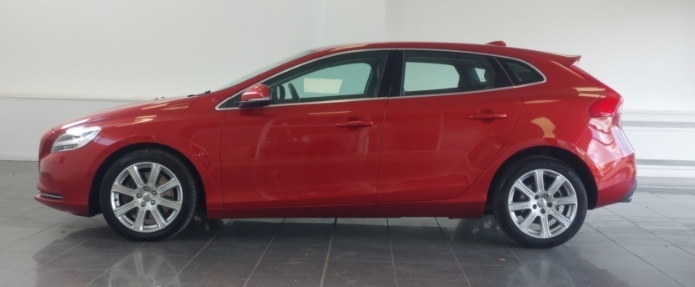The Evolution of the Toyota Highlander: A Comprehensive Overview
The Toyota Highlander has carved a niche for itself as a reliable midsize SUV since its debut in 2000. Over the years, it has undergone significant transformations in design, technology, and performance, adapting to changing consumer preferences and market demands. This article explores the evolution of the Toyota Highlander, detailing the key models, trim levels, and innovations that have defined this iconic SUV segment.
First Generation (2001-2007)
Introduction and Initial Models
The Toyota Highlander was introduced in 2000 for the 2001 model year as a response to the rising popularity of midsize SUVs. Built on the same platform as the Toyota Camry and the Toyota Sienna minivan, the Highlander offered a spacious interior and the car-like handling that many consumers sought. Early Highlanders were offered with a 2.4-liter four-cylinder engine producing 155 horsepower or an optional 3.0-liter V6 engine producing 220 horsepower.
Trim Levels
In its first generation, the Highlander was available in three primary trims:
- Base: Offered essential features, such as air conditioning, cruise control, and a CD player.
- Limited: Added luxury touches like leather upholstery, upgraded audio systems, and additional safety features.
- Sport: Launched later in the generation, this trim aimed to provide a more performance-oriented appearance with sport-tuned suspension and unique exterior styling.
Noteworthy Features
During its first generation, the Highlander gained recognition for its generous safety features, including standard front airbags and optional side airbags. Configurability was another highlight, allowing for up to seven passengers with the optional third row.
Second Generation (2008-2013)
Revamped Design and Powertrain
The second-generation Highlander debuted in 2008, showcasing a more aggressive and modern exterior design with a pronounced front grille and sleek lines. This generation brought significant updates under the hood, introducing a more powerful 3.5-liter V6 engine that produced 270 horsepower, improving ride quality and efficiency.
Trim Levels
For the second generation, the Highlander was offered in several trims:
- Base: Featured standard amenities like power windows and locks, a basic audio system, and keyless entry.
- SE: This trim came with more upscale features like upgraded audio systems, additional chrome accents, and optional all-wheel drive.
- Limited: Representing the top tier, the Limited trim offered leather seating, navigation, premium sound systems, and advanced safety features like backup cameras.
Hybrid Option
In a move that aligned with Toyota’s sustainability initiative, a hybrid model was introduced in this generation. The 2008 Highlander Hybrid featured a combination of a 3.5-liter V6 gas engine and electric motor, achieving higher fuel efficiency while maintaining power.
Third Generation (2014-2019)
A Notable Redesign
The third-generation Highlander hit the market in 2014, further evolving in terms of design and technology. The exterior boasted a more sculpted appearance, with a wider stance and sharper lines to attract a broader range of consumers.
Enhanced Powertrains and Efficiency
This model year continued to offer the 3.5-liter V6 engine, but it adopted a more efficient six-speed automatic transmission and an available 2.7-liter four-cylinder engine, broadening the options for buyers. The fuel efficiency of the hybrid models saw improvements as well.
Trim Levels
The Highlander continued to expand its trim offerings in this generation:
- LE: This base trim level included features like a touchscreen infotainment system and Toyota’s Entune audio.
- XLE: Providing a touch of luxury, this trim included leather seats, sunroof, and enhanced technology features.
- Limited: This trim level prioritized luxury features, often equipped with advanced safety technologies and premium sound systems.
- Limited Platinum: The top-tier trim for this generation, including all features of the Limited and adding optional advanced technologies like adaptive cruise control and ventilated front seats.
Safety Features
The Highlander in this generation earned high safety ratings, benefitting from Toyota’s Safety Sense suite, which added features like pre-collision systems, lane departure warnings, and adaptive cruise control.
.
MANY auto lovers not only spend time in their garages to tinker on their autos, but have other projects going on in there as well. Wood working is a popular pastime for the creative type of individual. Not sure what to make next? Or thinking about getting into this kind of hobby? There’s lots of possibilities… Here’s some of them…

.
Fourth Generation (2020-Present)
Comprehensive Redesign
The fourth generation was launched in 2020 and marked the most significant redesign to date. With a bold style, the Highlander integrated Toyota’s new design language, characterized by a prominent front grille and aggressive stance, alongside improved aerodynamics.
Powertrain and Performance
The 2020 Highlander left behind the four-cylinder option to focus on a more robust and efficient 3.5-liter V6 engine. Additionally, a redesign of the hybrid model saw it equipped with a new dynamic force 2.5-liter 4-cylinder engine paired with electric motors, resulting in impressive fuel economy ratings.
Trim Levels
The fourth generation saw a continuation of the multi-trim approach:
- LE: Base trim loaded with standard features, including an 8-inch touchscreen audio system and Toyota’s safety suite.
- XLE: Added luxury features like leather-trimmed seats, a sunroof, and premium audio.
- Limited: Available features included ventilated front seats, upgraded safety tech, and 20-inch alloy wheels.
- Platinum: The highest trim level, offering exclusive features like a panoramic moonroof, high-end audio, and a host of other advanced technologies.
Technological Innovations
With the shift to the latest generation, the Highlander integrated more advanced technology, including a 12.3-inch touchscreen on higher trims, wireless smartphone integration, and an advanced suite of driver-assist technologies. These features elevated the Highlander’s tech-savvy profile against competitors.
Conclusion
Over two decades, the Toyota Highlander has transformed from a simple midsize SUV into a multifaceted vehicle equipped with advanced technologies, impressive safety features, and a wide range of trim levels appealing to various consumer needs. With each generation, Toyota has refined the Highlander, embracing trends and innovations that respond to changes in family expectations and consumer demands.
As the automotive landscape continues to evolve, particularly towards electrification and autonomous technology, one can anticipate the Toyota Highlander will adapt accordingly, maintaining its position as a family favorite for years to come. The journey of the Highlander reflects Toyota’s commitment to quality and innovation, reinforcing its legacy in the SUV market.
